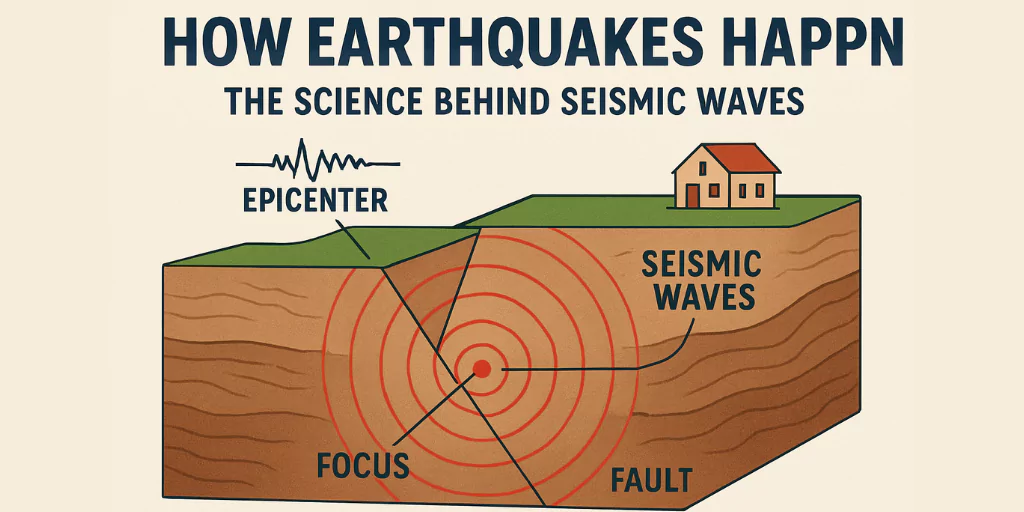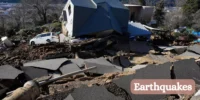Earthquakes are among the most powerful natural forces on Earth. They may strike quickly, wreaking havoc within seconds. Have you ever wondered how earthquakes occur and what function seismic waves play in the process? Let’s look into the fascinating science underlying them.
1. Earth’s Structure and Tectonic Plates
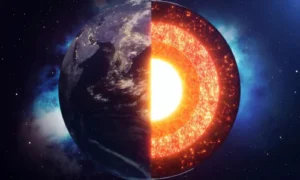
The Earth is made up of several layers: the crust, mantle, outer core, and inner core. The crust is not a single, solid piece; it is divided into tectonic plates that float on the semi-molten mantle beneath.
These plates are always moving—albeit slowly—due to convection currents in the mantle. Plates can clash, pull apart, or move past one another. Fault lines refer to the points at which they intersect.
2. What Causes Earthquakes?
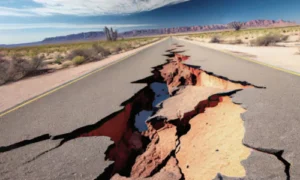
When tectonic plates shift, they do not glide smoothly. Instead, stress accumulates at fault lines when rocks push against one another. Eventually, the stress becomes too much, and the rocks crack or slip, releasing the stored energy.
This abrupt release of energy travels through the Earth in the form of seismic waves, which we experience as an earthquake.
3. The Role of Seismic Waves
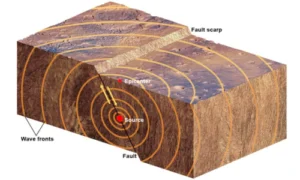
Seismic waves are vibrations induced by abrupt movements of rocks. There are three main types:
a) Primary Waves (P-Waves)
- Fastest seismic waves
- Travel through solids, liquids, and gases
- Move in a push-pull motion (like sound waves)
b) Secondary Waves (S-Waves)
- Slower than P-waves
- Travel only through solids
- Move in an up-and-down motion, shaking the ground more intensely
c) Surface Waves
- Travel along the Earth’s surface
- Cause the most damage is caused during earthquakes
- Move in a rolling or side-to-side motion
4. How Earthquakes Are Measured

Seismographs are tools that scientists use to detect and record seismic waves. An earthquake’s strength is assessed using the Richter scale or the Moment Magnitude Scale (Mw), and its severity is quantified using the Modified Mercalli severity Scale (MMI).
5. Can Earthquakes be Predicted?
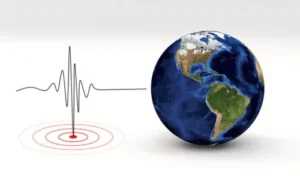
Currently, experts are unable to forecast when or where an earthquake may occur. They may, however, identify high-risk locations and research seismic trends in order to prepare for and mitigate damage via construction rules, early warning systems, and public awareness.
Conclusion
Earthquakes are caused by tremendous forces that move beneath our feet. The movement of tectonic plates generates stress, which is released and travels through the Earth as seismic waves. Scientists can learn more about earthquakes and help communities prepare by studying these waves.


